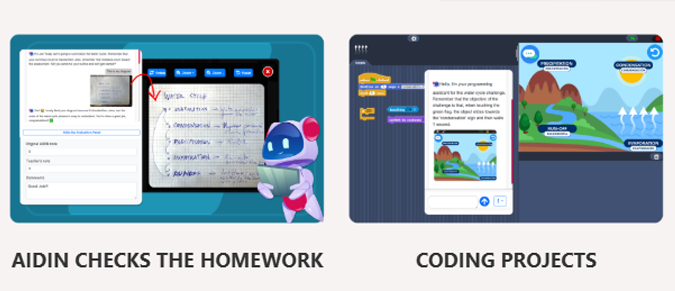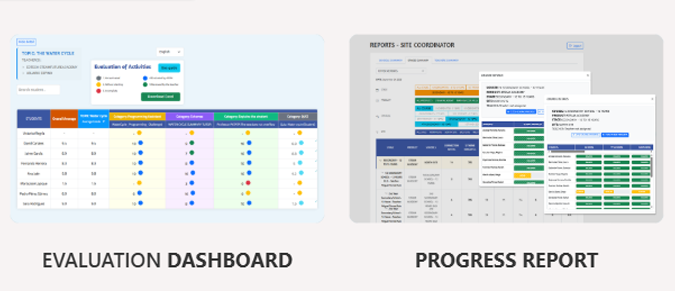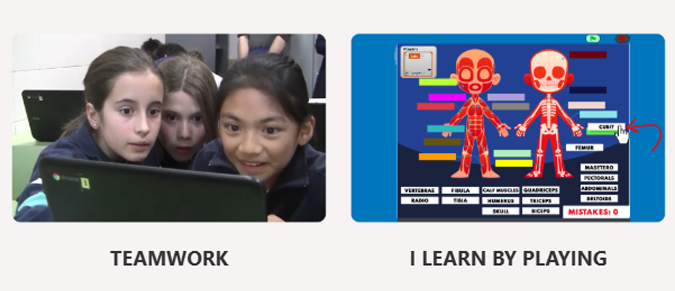✅ DISCOVERY-BASED TEACHING
WITH THE POWER OF ARTIFICIAL INTELLIGENCE ✅
Socratic pedagogy encourages students to think through enigmas and guided questions. But saying it is much easier than doing it.
Enigmas should be intriguing, but also accessible. If they are too simple, they become boring. If they are too difficult, they become demotivating. And questions, rather than being explanations in disguise, should encourage students to construct their own path to the solution. It is quite an art.

To master this art, we have trained AIDIN, an AI programmed like a true Socratic teacher and trained by human specialists who have carefully crafted the question scripts and clues for each challenge.
Now, mastering Socratic pedagogy is as easy as using a chat room.
❌THE ERROR OF USING INDIVIDUAL TECHNOLOGY
IN A COLLECTIVE ENVIRONMENT❌
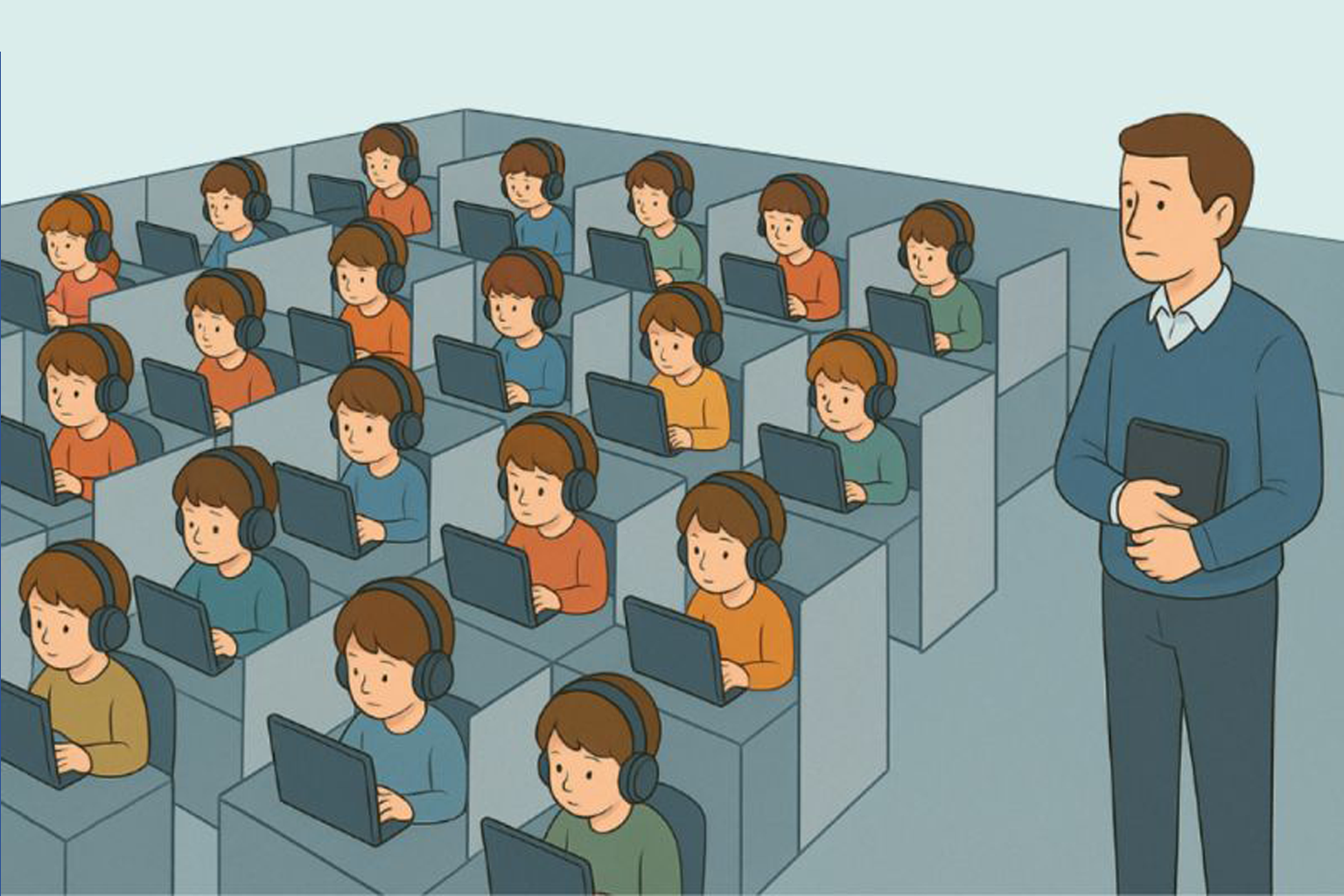
We think differently.
We believe that learning should continue to take place between people.
That a classroom is a space for exchange and dialogue, not a collection of students working in silence.
And that the teacher should play a central role as a guide and moderator.
Technology should not eliminate the social dimension of learning, but rather reinforce it.
That is why our discovery methodology is based on group discussions: people talking to people, with the teacher at the centre. The teacher is the master of ceremonies who gives the floor, encourages and moderates.
That is the magic of the collective classroom.
The magic of communication.
The magic of social learning.
ONE PLATFORM, MULTIPLE RESOURCES
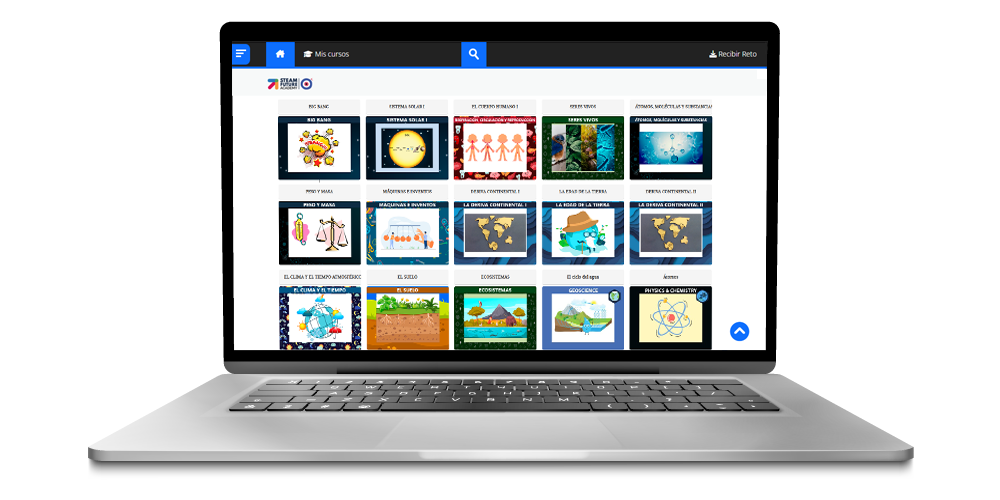
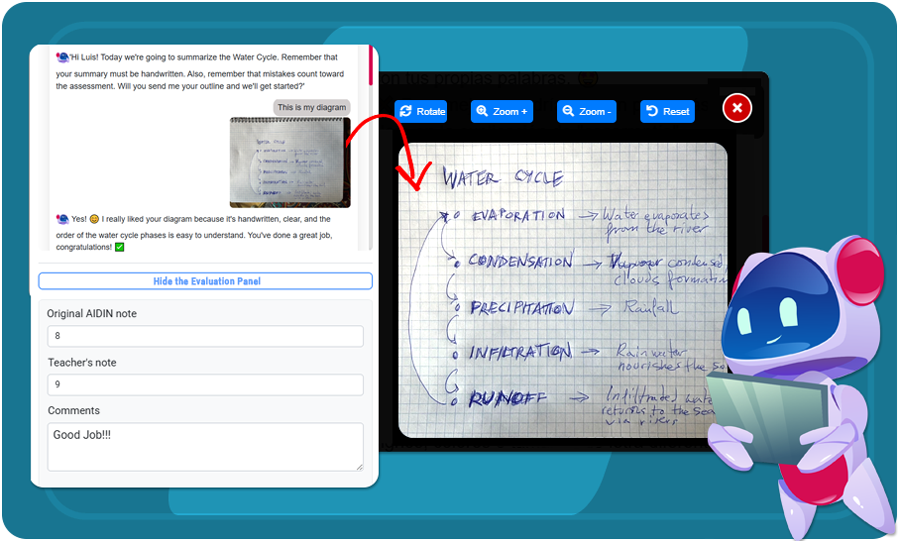
AIDIN CHECKS THE HOMEWORK
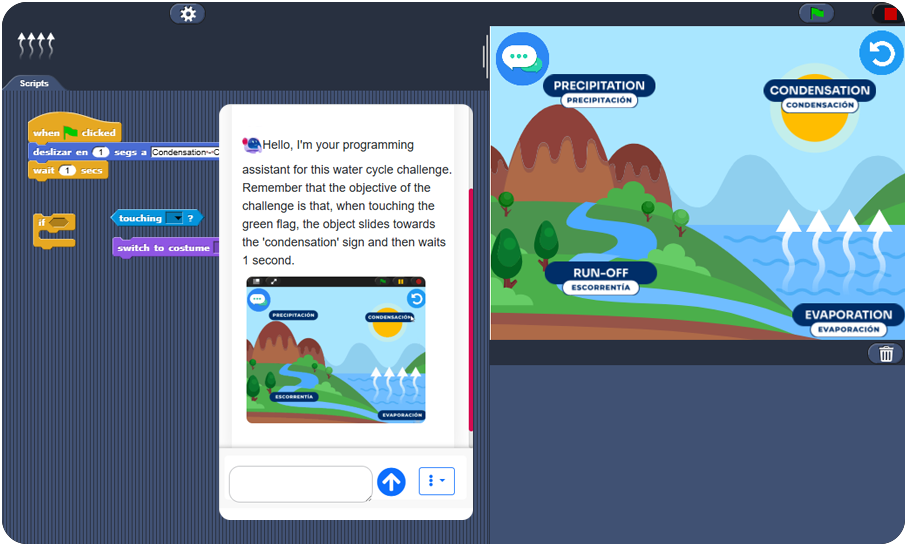
CODING PROJECTS

EVALUATION DASHBOARD

PROGRESS REPORT

TEAMWORK
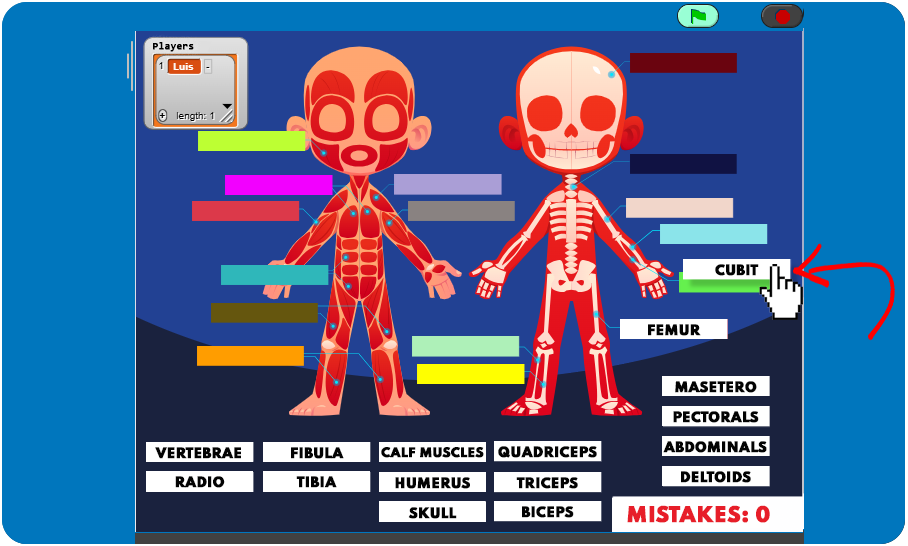
I LEARN BY PLAYING
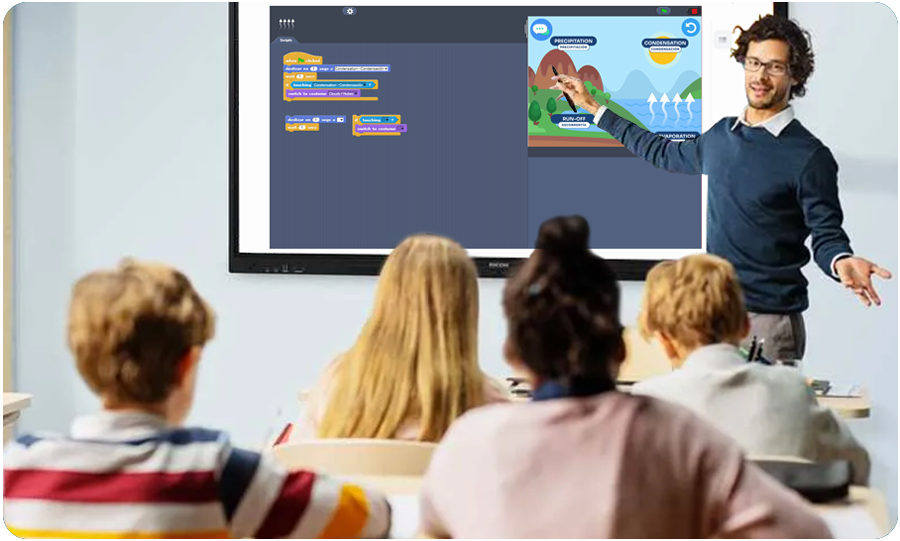
RESOURCES FOR SCREEN
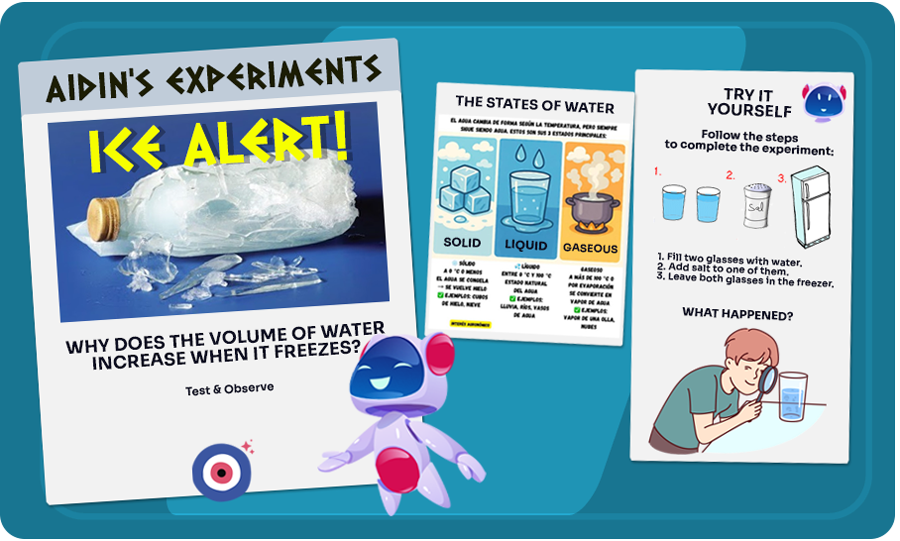
EXPERIMENTS AND RESOURCES
PROJECTS ADAPTED TO OFFICIAL CURRICULA
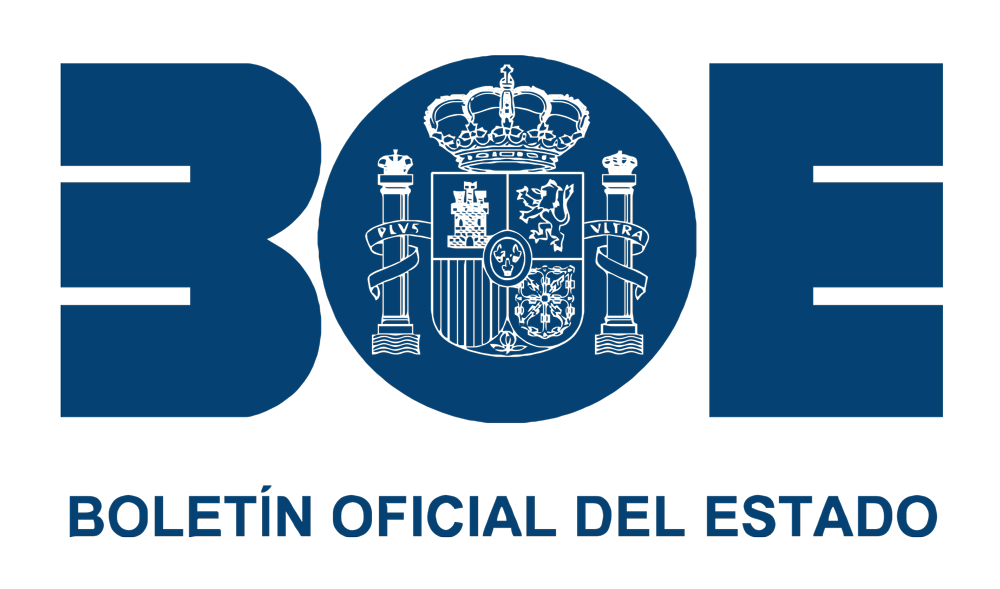
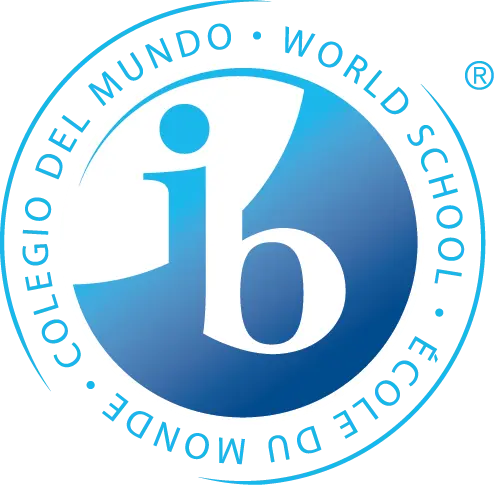
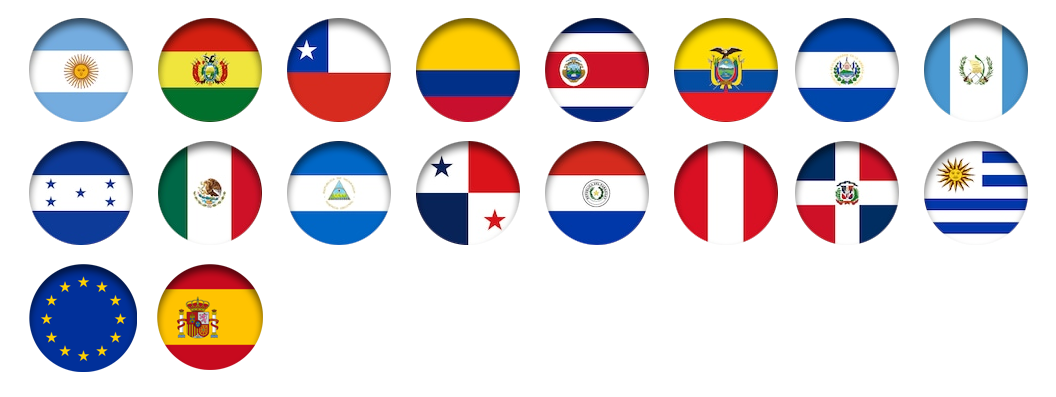
✅ THE ACTIVITIES OF THE LEARNING STAIRCASE ✅
SOCRATIC EDUCATIONAL AI is applied using simple methodological guidelines that naturally combine technology and innovation, emotion and systematic training, the use of paper and devices, individual and collective work, teacher supervision and AIDIN support, structured in different phases that involve a continuous ascent up the learning staircase:
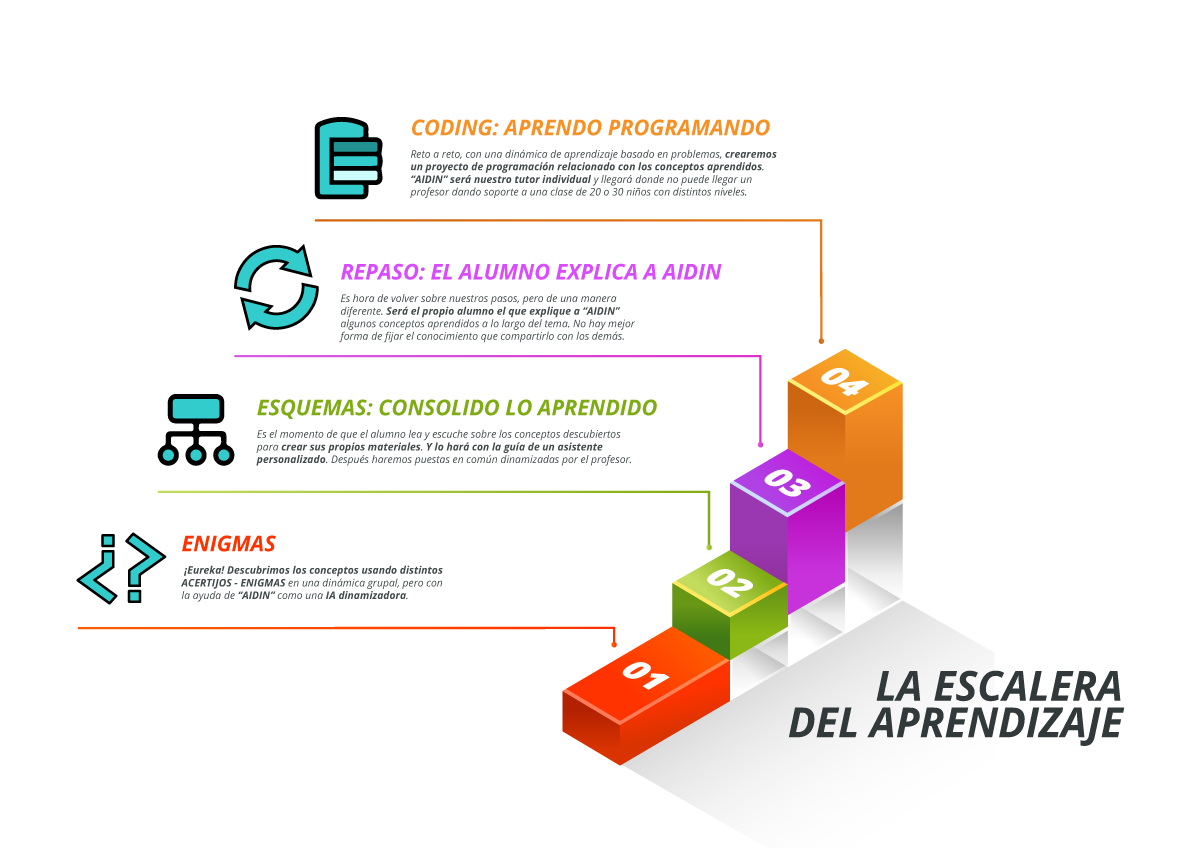
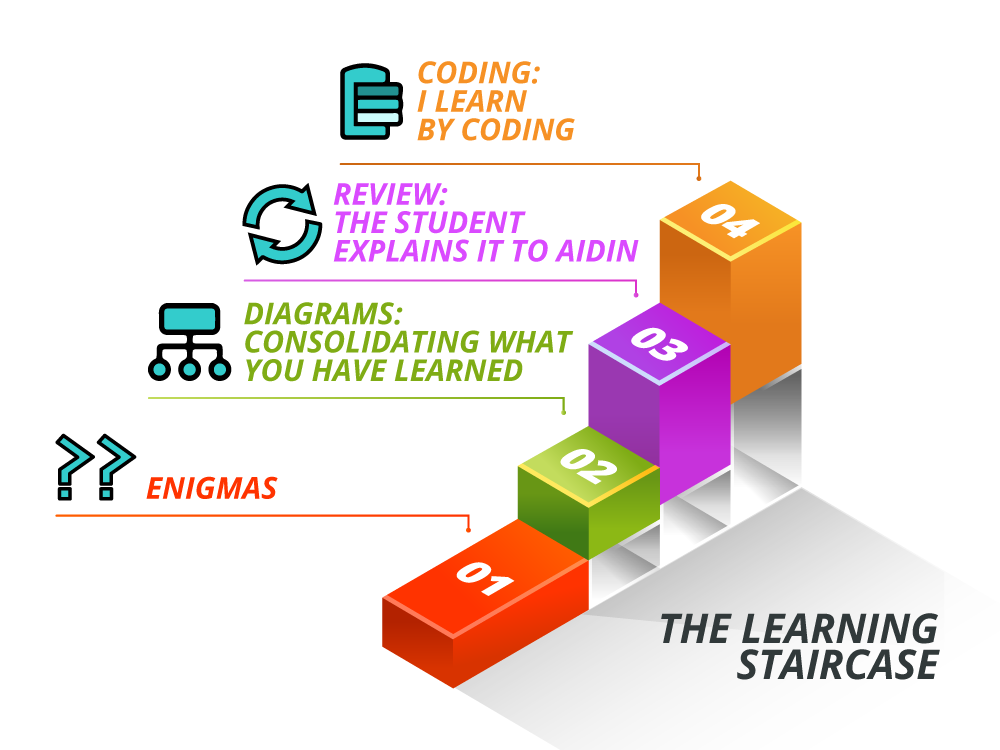
ENIGMAS: Eureka! We discovered the concepts using different PUZZLES/ENIGMAS in a group dynamic, but with the help of AIDIN as a dynamic AI.
DIAGRAMS – CONSOLIDATING WHAT YOU HAVE LEARNED: It is time for students to read and listen to the concepts they have discovered in order to create their own materials. They will do so with the guidance of a personalised assistant. Afterwards, we will hold group discussions led by the teacher.
REVIEW – THE STUDENT EXPLAINS IT TO AIDIN: It is time to retrace our steps, but in a different way. The students themselves will explain some of the concepts they have learned throughout the topic to AIDIN. There is no better way to consolidate knowledge than by sharing it with others.
CODING – LEARNING BY CODING: Challenge by challenge, with a problem-based learning dynamic, we will create a coding project related to the concepts learned. AIDIN will be our individual tutor and will go where a teacher cannot, providing support to a class of 20 or 30 children with different levels.
METHODOLOGICAL PHASES
SOCRATIC EDUCATIONAL AI is applied through simple methodological guidelines that naturally combine: technology and innovation, emotion and systematic learning, paper and digital tools, individual and group work, teacher supervision and support from AIDIN —all structured into different phases:
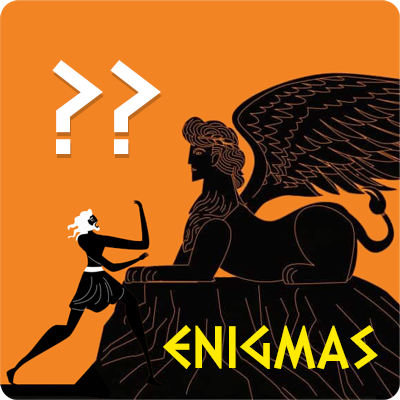
ENIGMAS:
The student begins with a SCIENCE ENIGMA. That riddle is introduced by the virtual teacher ATHENA from the digital board to the whole class. The lesson is led by the teacher in a group dynamic, and students interact with AIDIN, a SOCRATIC AI, which provides clues and guiding questions —always mediated by the teacher, who, of course, has reviewed the content beforehand.
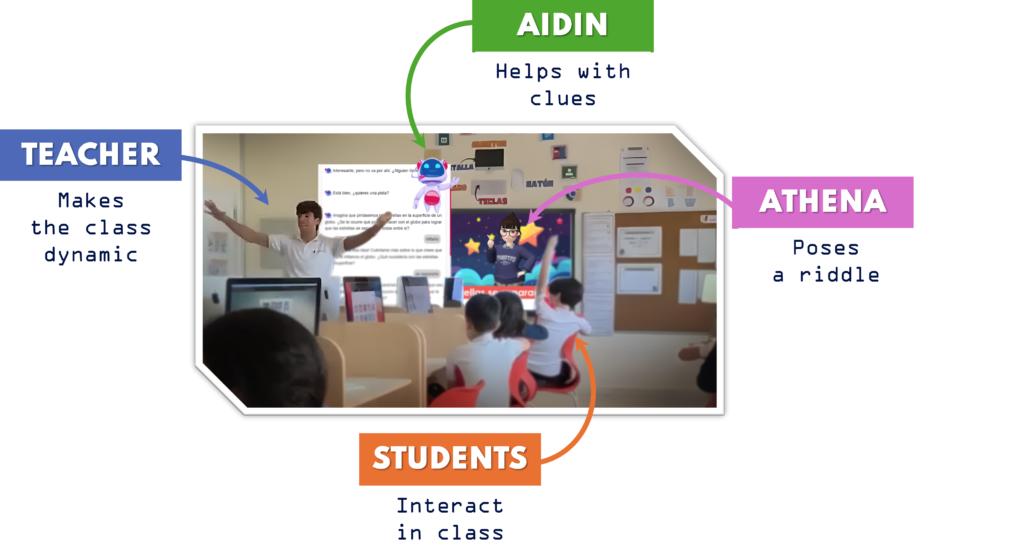

ENIGMAS:
The student begins with a SCIENCE ENIGMA. That riddle is introduced by the virtual teacher ATHENA from the digital board to the whole class. The lesson is led by the teacher in a group dynamic, and students interact with AIDIN, a SOCRATIC AI, which provides clues and guiding questions —always mediated by the teacher, who, of course, has reviewed the content beforehand.
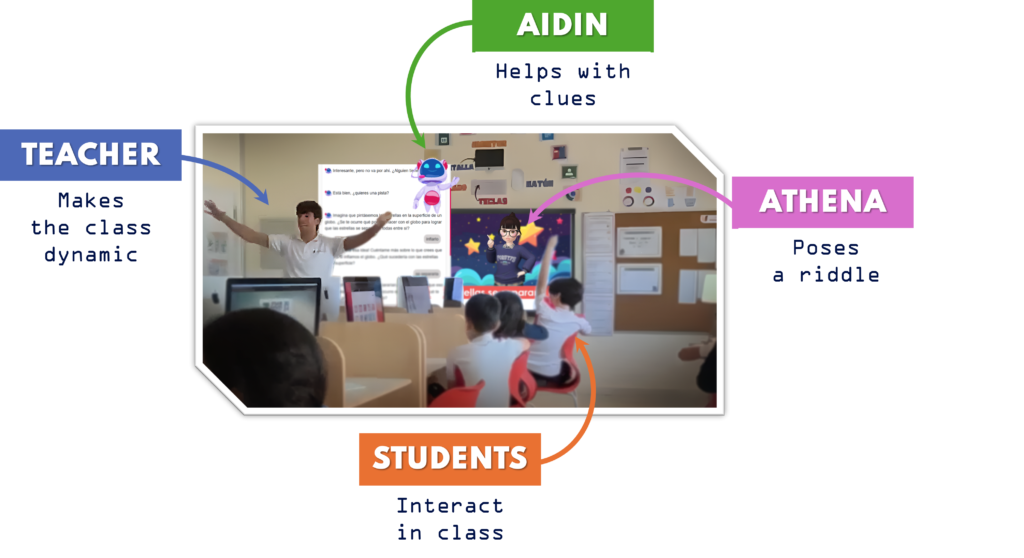
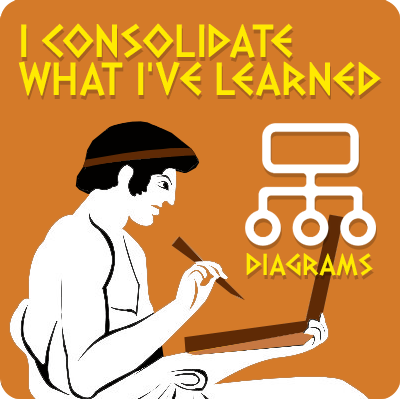
I CONSOLIDATE WHAT I’VE LEARNED (DIAGRAMS)
It’s time to create a diagram (or a summary, a graphic… something to consolidate what’s been learned).
We start together at the digital board, listening to a podcast as a class. At the end, each student submits their mind map to the AI, which is also reviewed by the teacher. In class, students work with printed materials provided by the teacher and available on the platform. Several clear, structured steps take the student from group work to homework —which families will also be able to see.
And we finish just as we started: with a collective wrap-up at the digital board, reviewing the chat and one of the students’ mind maps together.

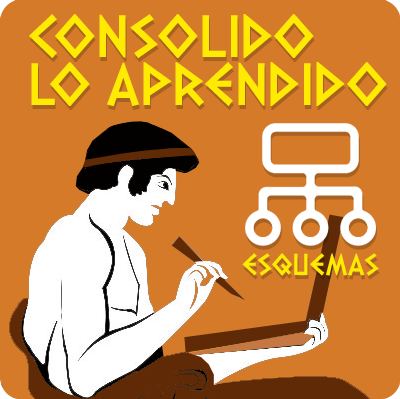
I CONSOLIDATE WHAT I’VE LEARNED (DIAGRAMS)
It’s time to create a diagram (or a summary, a graphic… something to consolidate what’s been learned).
We start together at the digital board, listening to a podcast as a class. At the end, each student submits their mind map to the AI, which is also reviewed by the teacher. In class, students work with printed materials provided by the teacher and available on the platform. Several clear, structured steps take the student from group work to homework —which families will also be able to see.
And we finish just as we started: with a collective wrap-up at the digital board, reviewing the chat and one of the students’ mind maps together.

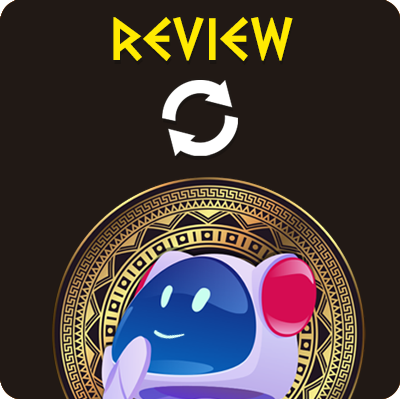
REVIEW (THE STUDENT EXPLAINS TO AIDIN):
The best way to understand something is to explain it to someone who doesn’t get it. In this chat, AIDIN becomes a confused student, and the child becomes the teacher.
When the child gets home, their homework will be to explain the lesson to AIDIN.
Parents who want to help can team up with their children. Chances are, they’ll end up asking their own questions too. It would be a true Socratic team —AI and family learning together!
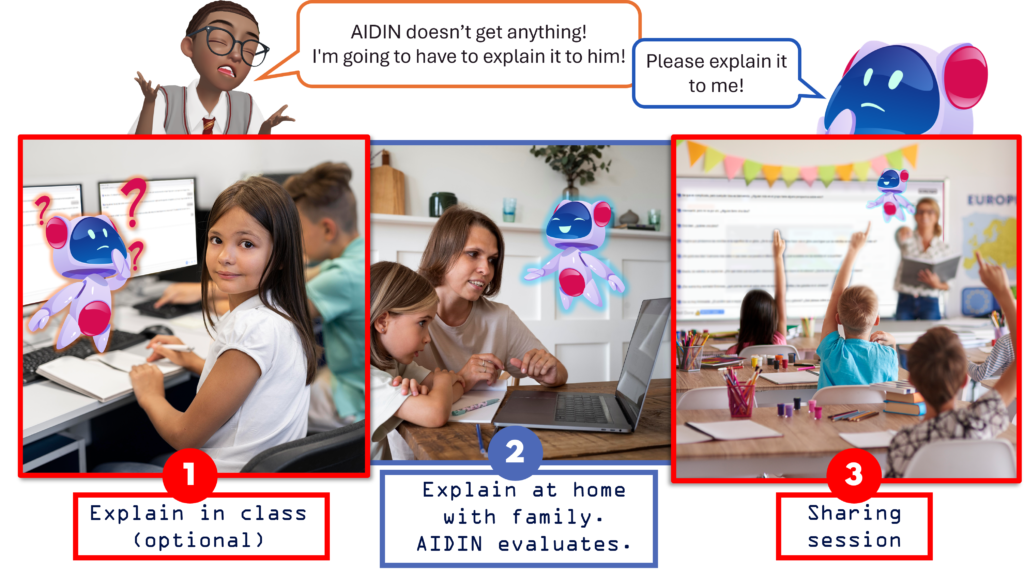

REVIEW (THE STUDENT EXPLAINS TO AIDIN):
The best way to understand something is to explain it to someone who doesn’t get it. In this chat, AIDIN becomes a confused student, and the child becomes the teacher.
When the child gets home, their homework will be to explain the lesson to AIDIN.
Parents who want to help can team up with their children. Chances are, they’ll end up asking their own questions too. It would be a true Socratic team —AI and family learning together!

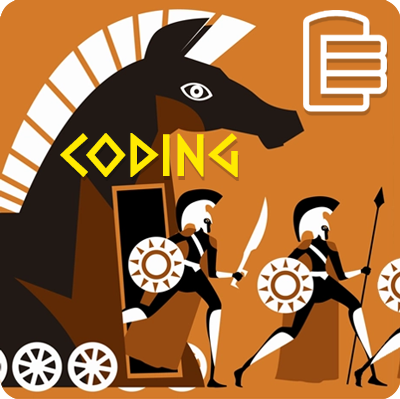
CODING:
It’s time to code. These are simple games related to the topic we’ve just explored.
The challenge is introduced by the virtual teacher ATHENA. We listen to it together and begin coding at the digital board in a teacher-led group session. This helps students get oriented, and allows the teacher to rely on the most advanced learners.
Then it’s the students’ turn. They can code in class —if resources are available— or from home. They’ll have AIDIN’s help at every step, as the project is broken down into smaller challenges. Once finished, the student submits their solution in the chat. AIDIN will provide feedback, support, and also assess their work.
And just like we began, we wrap up with a group review of one student’s solution on the digital board.
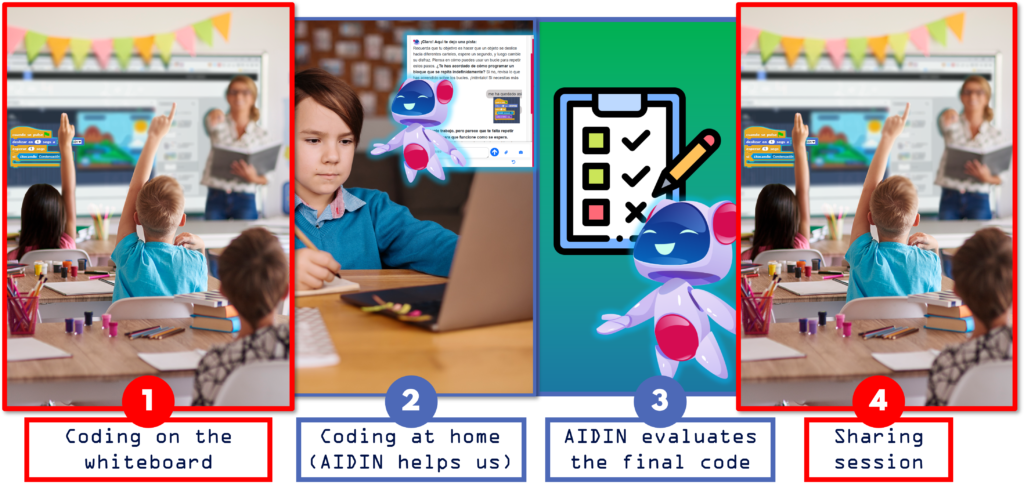

CODING:
It’s time to code. These are simple games related to the topic we’ve just explored.
The challenge is introduced by the virtual teacher ATHENA. We listen to it together and begin coding at the digital board in a teacher-led group session. This helps students get oriented, and allows the teacher to rely on the most advanced learners.
Then it’s the students’ turn. They can code in class —if resources are available— or from home. They’ll have AIDIN’s help at every step, as the project is broken down into smaller challenges. Once finished, the student submits their solution in the chat. AIDIN will provide feedback, support, and also assess their work.
And just like we began, we wrap up with a group review of one student’s solution on the digital board.

“To understand a question is to already have half the answer” – SOCRATES



